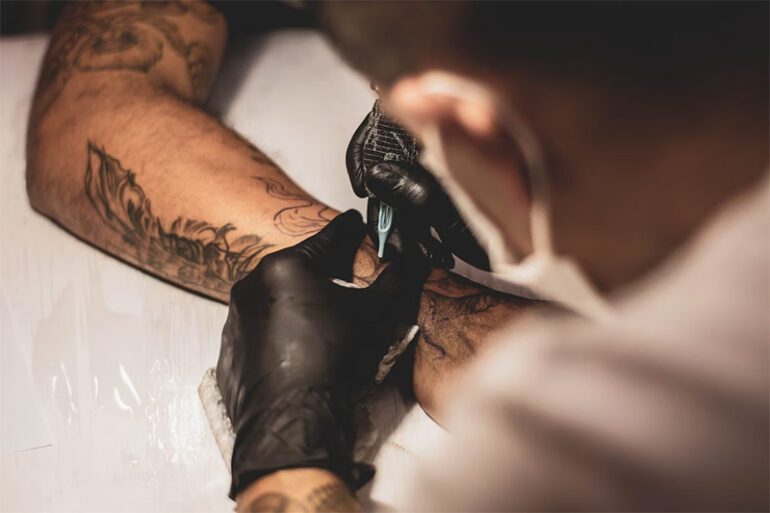Throughout history, tattoos have served as a significant form of artistic expression and cultural identity. From ancient civilizations to the modern era, these intricate designs etched onto the skin have carried deep meanings, symbolizing traditions, and communicating personal narratives. In this article, we delve into the rich world of cultural tattoos, unveiling the profound symbolism behind these captivating artworks and shedding light on their enduring significance in today’s society. Join us as we explore the stories etched upon the skin, where art becomes a powerful language of cultural heritage and individuality.
Ancient Origins: Tattoos as Cultural Markers
Tattoos have been practiced for centuries, tracing back to ancient civilizations. In many indigenous cultures, tattoos were considered sacred, marking rites of passage, tribal affiliations, or spiritual connections. These intricate inked patterns carried deep cultural significance, reflecting a person’s role within the community or their personal journey. From the traditional Maori moko in New Zealand to the elaborate Polynesian motifs, ancient tattoos were not just decorations but storytellers etched onto the skin.
Symbols and Meanings: Decoding Cultural Tattoos
Cultural tattoos are steeped in symbolism, using specific designs, patterns, and motifs to convey messages. Each element carries unique meanings, often rooted in cultural beliefs, mythology, or historical narratives. For instance, the lotus flower in traditional Thai tattoos represents purity and enlightenment, while the dragon in Chinese tattoos symbolizes power and good fortune. By gaining an understanding of the meanings underlying the symbols used in these tattoos, one may get a look into the complex web of personal history and cultural legacy.
Revival and Adaptation: Cultural Tattoos in Modern Times
In recent years, there has been a resurgence of interest in cultural tattoos as people seek to reconnect with their roots and embrace diverse traditions. Artists and individuals alike are rediscovering ancient tattooing techniques and incorporating them into contemporary designs. Moreover, cultural tattoos have become a means of reclaiming identity, expressing pride in one’s heritage, or making a statement about cultural preservation. This resurgence highlights the enduring relevance of cultural tattoos in a rapidly changing world.
Preserving Tradition: Cultural Tattoos as Living Art
Cultural tattoos not only serve as personal expressions but also contribute to the preservation of cultural heritage. They are a tangible link to the past, keeping traditions alive through generations. Indigenous communities and tattoo artists work together to ensure the authenticity and respectful representation of cultural tattoos. Collaborations between traditional tattoo practitioners and contemporary artists help bridge the gap between ancient customs and modern sensibilities, allowing cultural tattoos to evolve while maintaining their core essence.
Skin art goes beyond simple aesthetics. It recounts tales, upholds customs, and honors many cultural traditions. Tattoos from different cultures may be potent markers of identity, ethnicity, and personal histories. We come to appreciate the beautiful beauty and the profound meanings these tattoos represent as we learn more about the symbolism behind them. Cultural tattoos are a tribute to the enduring power of art on the skin, linking us to our roots and enhancing our knowledge of the human experience in a society that values uniqueness and cultural variety more and more.
Photo Attribution:
1st and featured image by https://unsplash.com/photos/zeT_i6av9rU
2nd image by https://unsplash.com/photos/YmXcSCAVuO0

